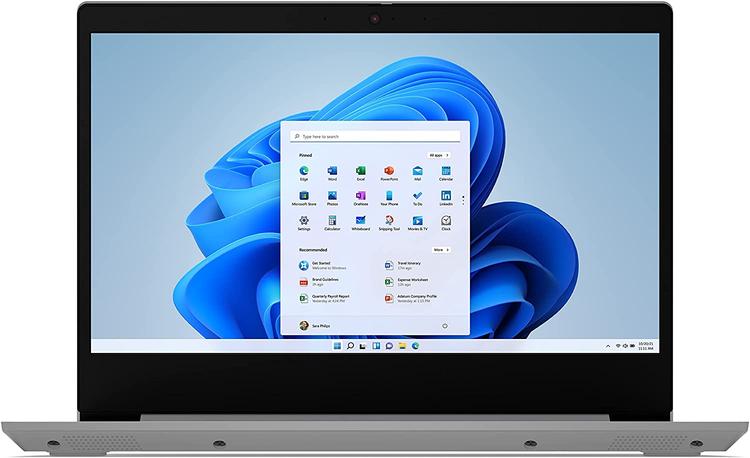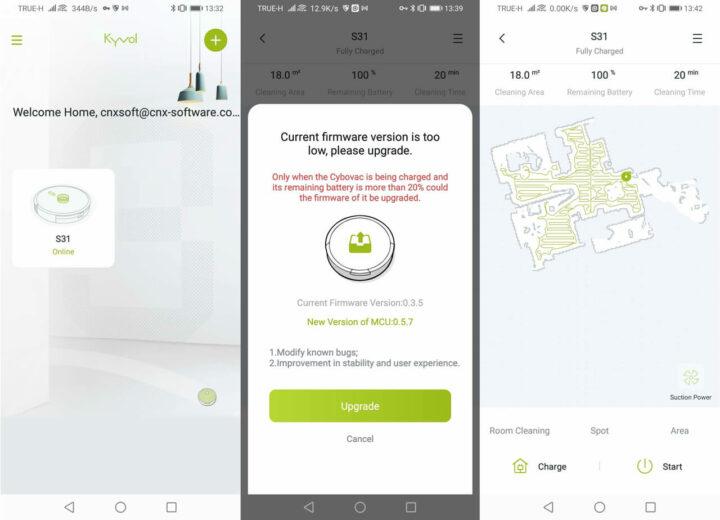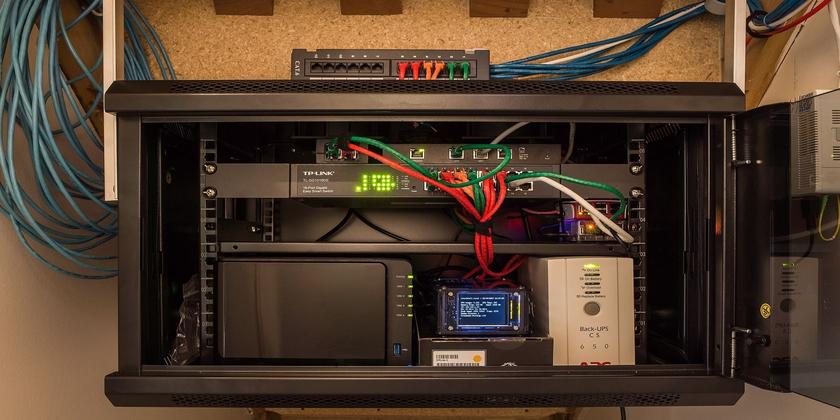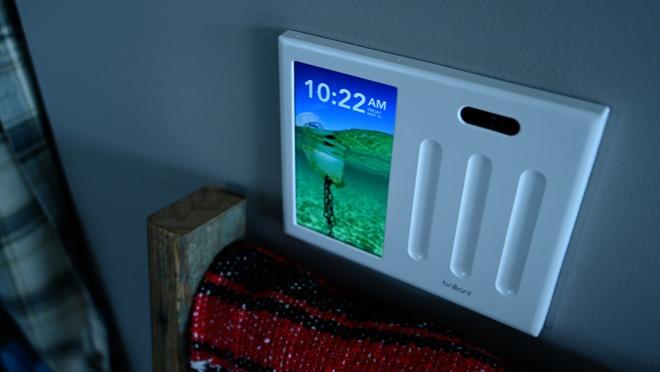A filthy pool is unappealing and unsafe. Knowing how to maintain a pool is the key to enjoying crystal clear pool water anytime.
ByBrieGreenhalgh | Updated Oct 6, 2021 4:03 PM
Photo: istockphoto.com
Enjoying a cool dip in the backyard pool is the ultimate reward after a long day. The last thing you want is to jump into murky pool water with a foul odor. Keeping a pool clean and clear takes more than just tossing a few chemicals into the pool every once in a while. Balancing the pH, skimming debris from the surface, and performing shock treatments are just a few tasks pool owners need to do regularly. To avoid that disappointing halt to a dive into the deep end, follow these steps for how to maintain a pool so you can relax or play anytime.
Need pool cleaning?A pro can do it for you. Get free, no-commitment pool cleaning estimates from experts near you. Find a Pro+Time required: 30 minutes to 24 hours Difficulty: Beginner to intermediate Estimated cost: $60 to $150
Tools & Materials We are a participant in the Amazon Services LLC Associates Program, an affiliate advertising program designed to provide a means for us to earn fees by linking to Amazon.com and affiliated sites.Before You Begin…
Photo: istockphoto.com
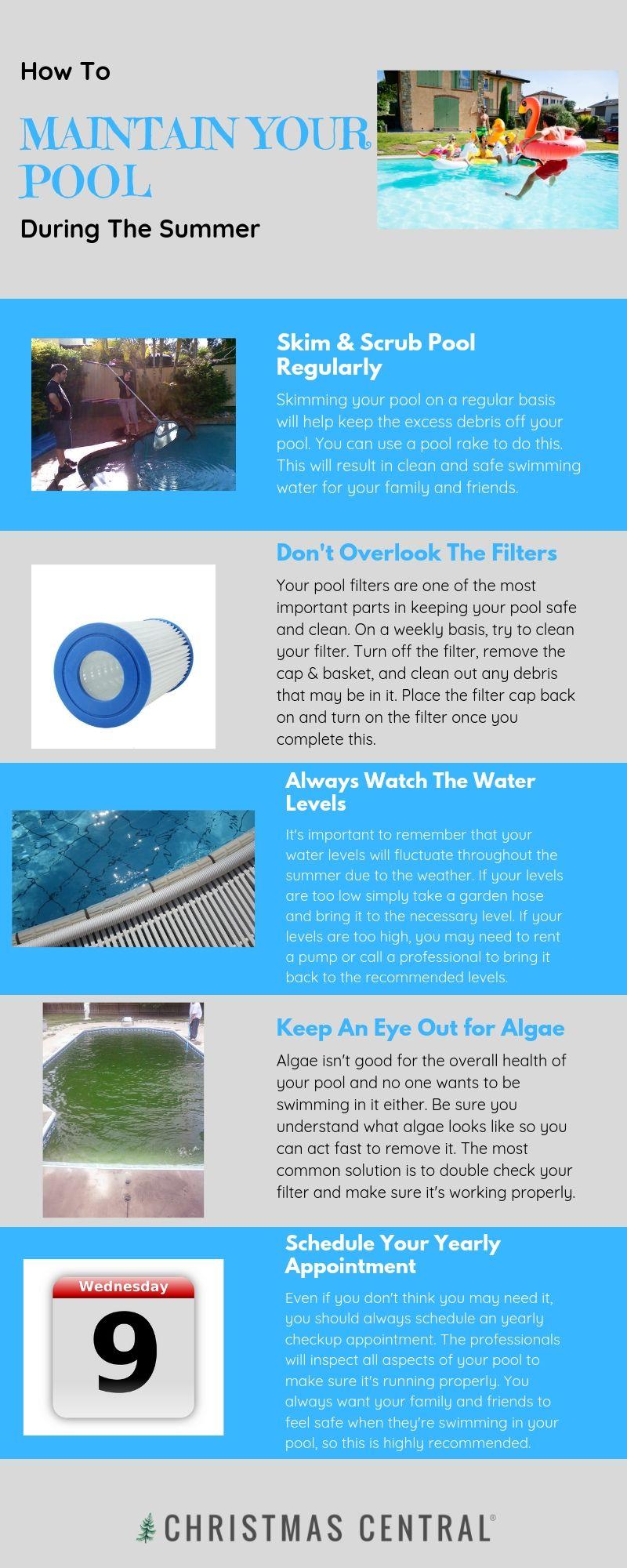
DIY pool maintenance can be tricky and involves keeping chemicals properly balanced and preventing murky or algae-filled water. Microscopic elements blow into the pool, trees drop pollen and leaves, storms bring heavy rains, humans introduce oils, and frogs or birds enjoy taking a dip in the pool. All of these situations can quickly alter the pH level or chemical balance of a pool. Without the proper testing kits or tools to clean the pool, it can be challenging to identify how to maintain the pool and how to raise pH in the pool to bring back clean water. Additionally, broken pumps or filters will need to be repaired or replaced by pool service companies to get the pool back on track.
Tips for How to Maintain a Pool
Safety Considerations
Need pool cleaning?A pro can do it for you. Get free, no-commitment pool cleaning estimates from experts near you. Find a Pro+STEP 1: Get rid of debris from the water’s surface and the filter.
Skimming debris from the pool is the most straightforward and most frequent pool maintenance task. Fallen leaves, dead insects, and even living creatures are often found in pools but are relatively easy to remove with a long-handled skimmer net. In some cases, the filter may have sucked in debris, which means the filter will need to be opened to remove the debris. Make sure the filter is not operating while doing regular pool cleaning.
Photo: istockphoto.com
STEP 2: Brush the sides of the pool to remove algae and sediment.
Despite efforts to keep the pump running often enough, scum, algae, and sediment will build up on the edges of a vinyl or concrete pool. On the upper edges of the pool, use a pool brush to clean off any sediment or chemical buildup that may occur. With the long handle attached to the brush, reach down into the bottom of the pool and scrub any dirty or scummy spots. Be sure to complete this step before doing any testing or chemical treatments.
STEP 3: Vacuum the pool.
Once per week—or after a heavy storm or wild party—pool owners may notice a lot of debris settled on the bottom of the pool that the skimmer can’t get. That’s when it’s time to haul out the pool vacuum. There are manual vacuums available that pull out water and debris from the pool. Robotic vacuums automatically clean the pool, and suction vacuums work with the filtration system to collect debris into the built-in skimmer basket. Or avoid the weekly hassle of hauling out a pool vacuum altogether by using a local pool service company to do the job for you.
Need pool cleaning?A pro can do it for you. Get free, no-commitment pool cleaning estimates from experts near you. Find a Pro+STEP 4: Test the water and adjust chemical amounts.
Now that most of the debris is removed and the walls are free from scum and sediment, it’s time to test the water’s pH balance and chemical content. Here are the ideal ranges a pool service company would test for: pH between 7.2 and 7.6, alkalinity between 100 and 150 ppm (parts per million), and free chlorine between 1.0 and 3.0 ppm. Use a pH balancer to adjust pH levels to maintain the appropriate range. Add sanitizer or a chlorine shock treatment per the pool manufacturer’s recommendation. In hot, humid climates, adding a small amount of algaecide each week can prevent a buildup.
Photo: istockphoto.com
STEP 5: Backwash the filter and clean the pump filter.
Backwashing a filter is a regular task that helps push all the built-up sediments out through the waste line and drain, so they don’t remain in the filter. A good rule of thumb is to do this weekly for high-use pools or as often as the filter reads 8 to 10 psi higher than usual. That’s an indication that significant buildup has occurred and needs to be flushed. If the pump filter looks dirty, use a filter cleaner to remove the scum or replace it every year or two.
STEP 6: Call a professional if you encounter any issues or are unsure about how to maintain a pool.
Getting the proper chemical balance when the pool has gone green or murky isn’t always an easy process. In some cases, you might add too many chemicals, and the pool may need to be partially drained and refilled to restore safe levels. A pool that is used regularly needs more maintenance than pools used once a week or less. These are all tasks that a pool service company is more than willing to handle to alleviate the burden of DIY swimming pool maintenance.
Regular pool maintenance is the price pool owners must pay to enjoy the fun and relaxing benefits that a backyard pool can offer. Staying on top of debris and scum is key to preventing most major pool contamination problems. Weekly testing and regular pool maintenance can keep your pool filled with crystal clear water. Pool service companies can quickly identify serious pool problems that caused an algae overgrowth or broken pump, especially when they are already familiar with the history of the pool’s use and maintenance schedule.
Find trusted local pros for any home project Find Pros Now+Disclosure: BobVila.com participates in the Amazon Services LLC Associates Program, an affiliate advertising program designed to provide a means for publishers to earn fees by linking to Amazon.com and affiliated sites.
TAGS: OUTDOOR STRUCTURES
